What is astigmatism?
Astigmatism is the condition in which near and distant objects can be blurred or even distorted. It is common to have difficulty seeing small details clearly at all distances. This is because the corneal curvature is irregular, that is, it is not completely spherical.
As a result, both near and far vision is not clear because light rays converge at different distances from the retina, causing the perception of distorted images. Some light rays converge before reaching the retina and others from behind as we see in the image.
This visual problem is usually detected in school age and can be solved with an optical correction. Sometimes it is difficult to detect because the child is not conscious and does not even complain of having blurred vision, for him that is normal vision. If the problem is not corrected it could affect his performance at school and when playing sports.
Astigmatism is usually a problem at birth and many people suffer from it along with myopia or hyperopia. Other patients may suffer from it after trauma or surgery. The easiest way to detect astigmatism is to have your eyes checked by an eye care professional.
How is astigmatism corrected?
In minors, astigmatism is corrected with glasses or contact lenses. In patients over 20 years old with myopic, hyperopic or mixed astigmatism whose prescription is stable and have 1 to 10 positive or negative diopters, refractive surgery is recommended.
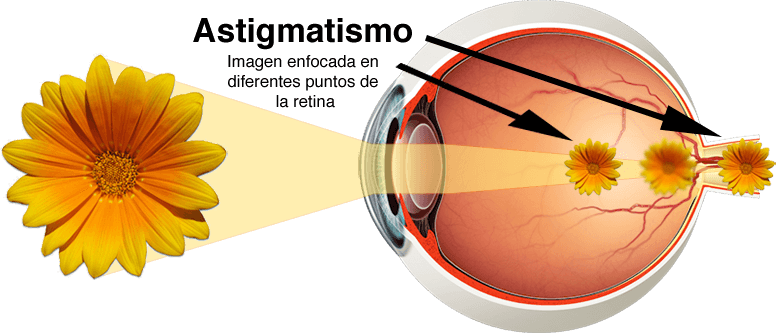
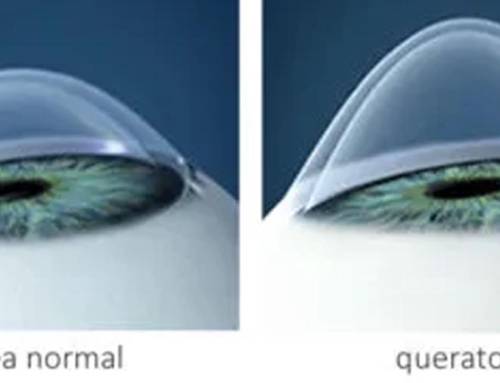
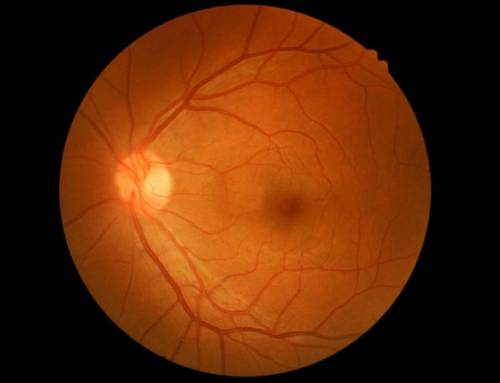
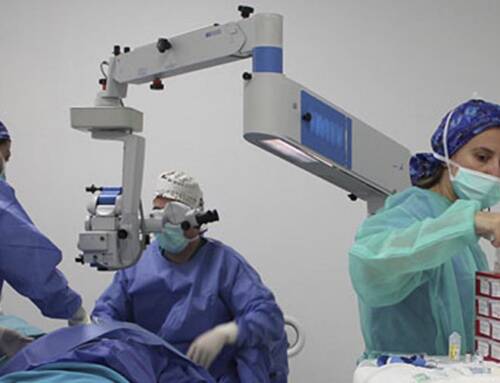
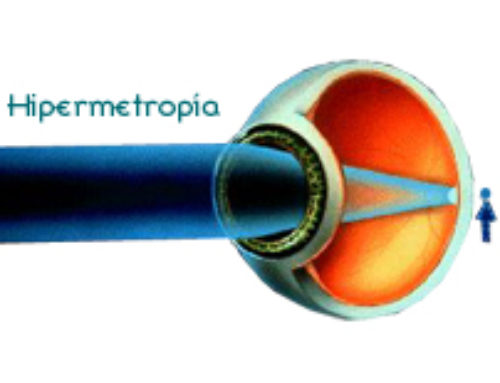
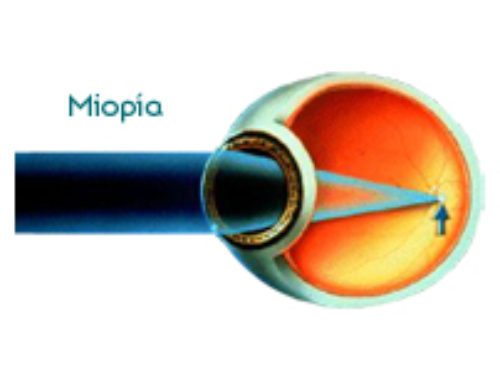
Leave A Comment